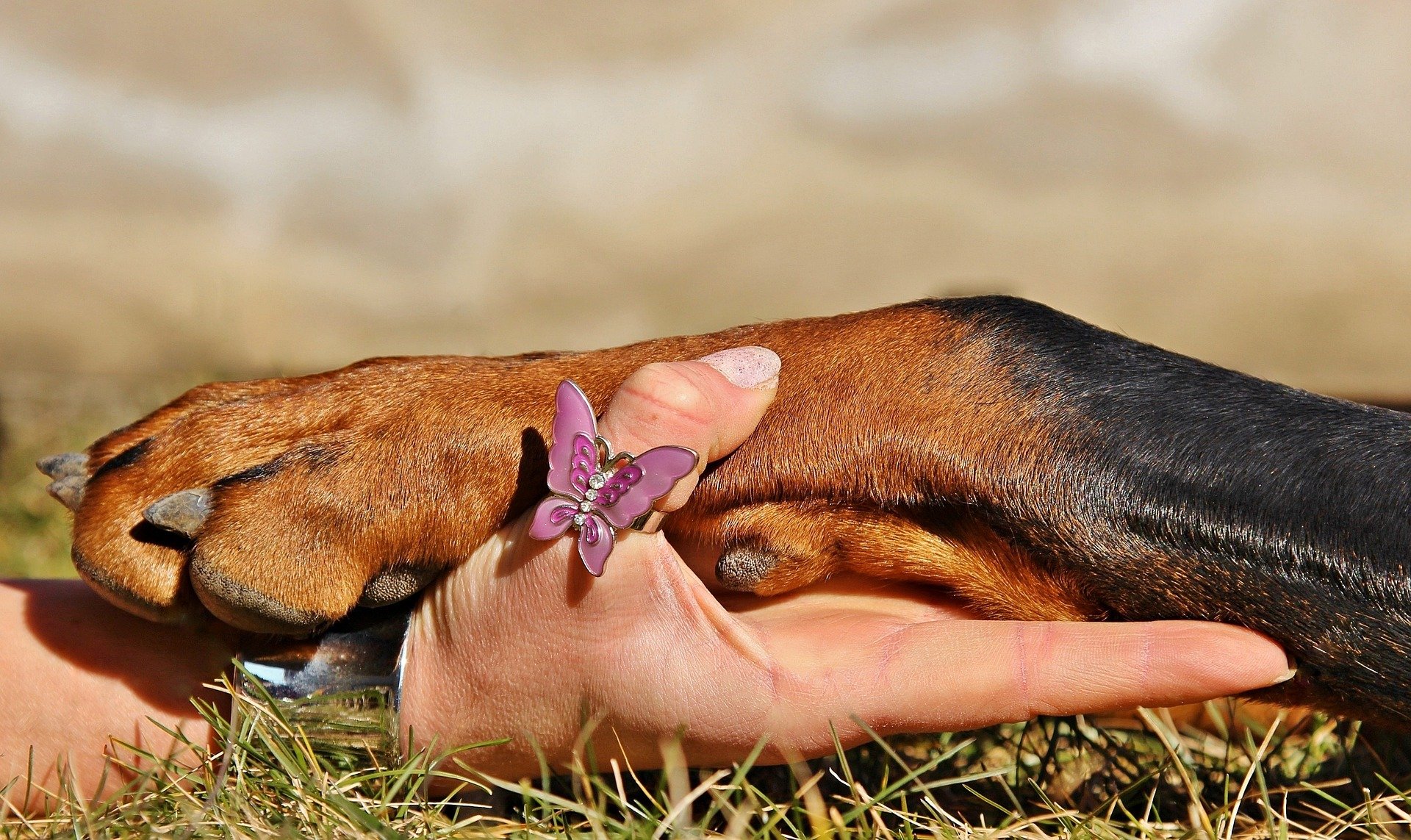Keeping Your Dog’s Nails in Check: A Comprehensive Guide to Nail Clippers
Proper nail care is an essential part of your dog’s overall grooming routine. Regularly trimming your dog’s nails is crucial for their comfort, mobility, and paw health. However, many pet owners find nail trimming to be a challenging task. In this comprehensive guide, we will delve into the importance of nail care for dogs, provide expert tips and techniques for successful nail trimming, and help you choose the right dog nail clippers to make the process easier. By understanding the benefits of nail care and learning the proper techniques, you can ensure your dog’s nails remain well-maintained and promote their overall well-being.
The Importance of Nail Care for Dogs
Long and overgrown nails can lead to various issues for dogs. Firstly, they can cause discomfort and pain, making it difficult for your dog to walk properly. When nails become too long, they can alter the natural alignment of the toes, leading to abnormal gait and joint stress. Additionally, long nails are more prone to breakage, splitting, or becoming ingrown, which can result in infections and other foot-related problems. Moreover, excessively long nails can cause damage to your floors, furniture, and even injure you or others during play or affectionate interactions. Regular nail care is essential to prevent these issues and maintain your dog’s overall paw health.
Choosing the Right Dog Nail Clippers
When it comes to choosing dog nail clippers, there are several factors to consider. Firstly, you need to select clippers that are appropriate for your dog’s size and nail thickness. Clippers designed for small dogs may not be suitable for larger breeds with thicker nails. Additionally, you can choose between different types of nail clippers, such as guillotine clippers, scissor clippers, or grinder tools. The choice depends on your comfort level and your dog’s preferences. Some dogs may be more tolerant of certain types of clippers than others. Furthermore, consider safety features such as a locking mechanism to prevent accidental cuts or a guard to control the amount of nail being trimmed. These features can provide added peace of mind and reduce the risk of injury during the trimming process.
Tips and Techniques for Successful Nail Trimming
Nail trimming can be a stressful experience for both dogs and their owners. However, with the right approach and techniques, it can become a positive and manageable task. Start by gradually familiarizing your dog with the process. Introduce them to the clippers and associate the experience with positive reinforcement, treats, and praise. Get them comfortable with having their paws touched and inspected. This gradual desensitization helps reduce anxiety and resistance during the actual trimming.
Before trimming your dog’s nails, it’s important to identify the quick, which is the sensitive part of the nail containing blood vessels and nerves. In light-colored nails, the quick is more visible, appearing as a pinkish area inside the nail. For dark-colored nails, it may be harder to see, so it’s essential to exercise caution. Trim small sections of the nail at a time, observing the cut surface for signs of being close to the quick.
If your dog has never had their nails trimmed before or if you’re unsure about the process, consult a professional groomer or a veterinarian. They can provide guidance, demonstrate proper techniques, and trim your dog’s nails initially, helping you gain confidence in handling this task.
Additionally, consider the environment in which you trim your dog’s nails. Choose a calm and quiet space, free from distractions. It’s important to maintain a calm and relaxed demeanor during the trimming process, as dogs can pick up on your emotions. If your dog becomes stressed or anxious, take breaks, offer reassurance, and resume the trimming later.
Maintaining Regular Nail Care
Regularity is key when it comes to nail care. The frequency of nail trims depends on your dog’s activity level and the rate of nail growth. Active dogs that spend more time outdoors may naturally wear down their nails to some extent. However, most dogs benefit from regular trims every 2-4 weeks. By establishing a routine, you can prevent nails from becoming overly long and maintain their optimal length.
Conclusion
Nail care is an essential aspect of maintaining your dog’s overall health and well-being. By choosing the right dog nail clippers, learning proper techniques, and maintaining a regular trimming schedule, you can ensure your dog’s nails remain in top condition. Remember to approach nail trimming with patience, positivity, and caution. If you need assistance or are uncomfortable with trimming your dog’s nails, seek guidance from a professional groomer or veterinarian. Visit AllINeedForMyPet.com for a wide selection of dog nail clippers and grooming tools to help you keep your dog’s nails well-maintained.






